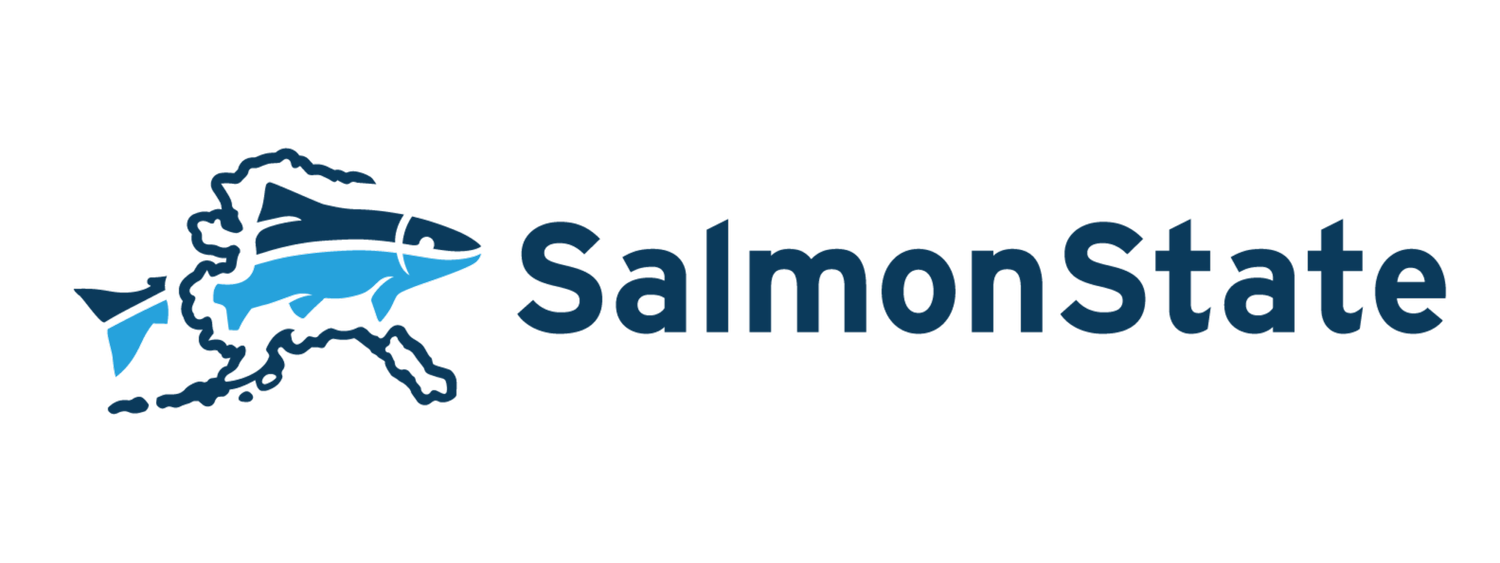
Support Southeast Alaska Communities
What works in the Tongass National Forest & Southeast Alaska Communities
In Southeast Alaska, local communities, Tribes, and organizations have been doing good work: building trails, restoring salmon habitat, and pursuing sustainable economic development. But federal leadership is now prioritizing Project 2025: getting rid of protections Southeast Alaskans have fought for and defended and instead trying to bring back old growth clear cutting.

